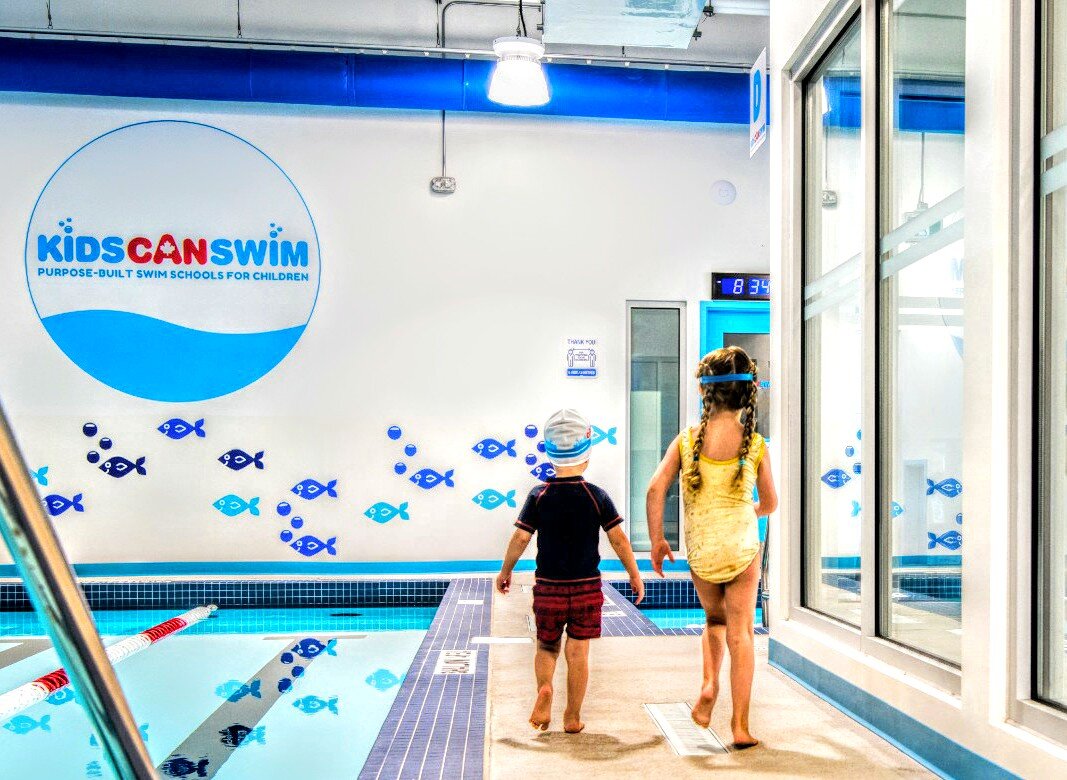Water Safety Tips with KidsCanSwim Canada
/Drowning can happen very quickly. Families and caregivers play a vital role in teaching kids to learn to swim and behave safely in and around water. Joining us on the blog today is locally-owned swim school, KidsCanSwim Canada.
Located in Ottawa’s West End, KidsCanSwim boutique facility specializes in small class sizes and science-based learning. Their personalized approach, sparkling clean pools, and commitment to delivering an exceptional experience to you and your child makes for an enjoyable swimming lesson for all. AND you don’t have to worry about cold water! Their pool is a constant 32°C warm, with UV-filtered water and sparkling clean change rooms.
We asked the team at KidsCanSwim to share with us some important tips that everyone should be familiar with when it comes to water safety:
Never swim alone
Consider bringing a buddy or two with you while you swim. If someone gets in trouble the other can call for help! Never grab on to your buddy to save them, use a rescue aid such as a lifejacket or a noodle to reach for them from a safe stable distance.
Always wear a lifejacket or PFD
This applies to more than just boating! Any sort of activity where there is a risk of falling in the water either from a great height or a great speed is a major risk for even the best of swimmers. Did you know there is a difference between lifejackets and PFD’s? A lifejacket is an emergency device designed to keep its occupants head upright and provide buoyancy while a PFD (Personal Floatation Device) is simply designed for buoyancy. When choosing your lifejacket or PFD consider a bright colour so you can stand out in a body of water.
Take swimming lessons
While this might be obvious, swimming lessons are a very powerful defence against accidental drownings. Consider a program such as KidsCanSwim that will focus on fast progression of swimmer’s swimming abilities and water safety elements.
Take a lifesaving course
If you are passionate about water and want to learn lifesaving skills that can be applied in everyday life consider registering for a bronze medallion or bronze cross course. These courses are specifically designed to equip candidates with skills to perform various rescues in a variety of different scenarios. First aid courses are also an option, they are short and provide a wide variety of tools for anyone!
Watch your kids while swimming
The majority of accidental drownings happen when kids are swimming unsupervised and an accidental drowning can happen in as little as 30 seconds or roughly 2 Instagram stories. Always watch your kids when they are swimming, even when there are lifeguards around. Lifeguards are there to respond in emergency situations – you are always responsible for your child’s safety in and around water.
To keep your kids safe around the water visit KidsCanSwim’s website and register for one of their private or semi-private classes, which have recently re-opened with safety measures in place to keep families safe. Find out more by visiting them online at https://www.kidscanswimcanada.ca, and follow them on Facebook and Instagram!
Disclosure: This is a paid, sponsored blog post with KidsCanSwim.








